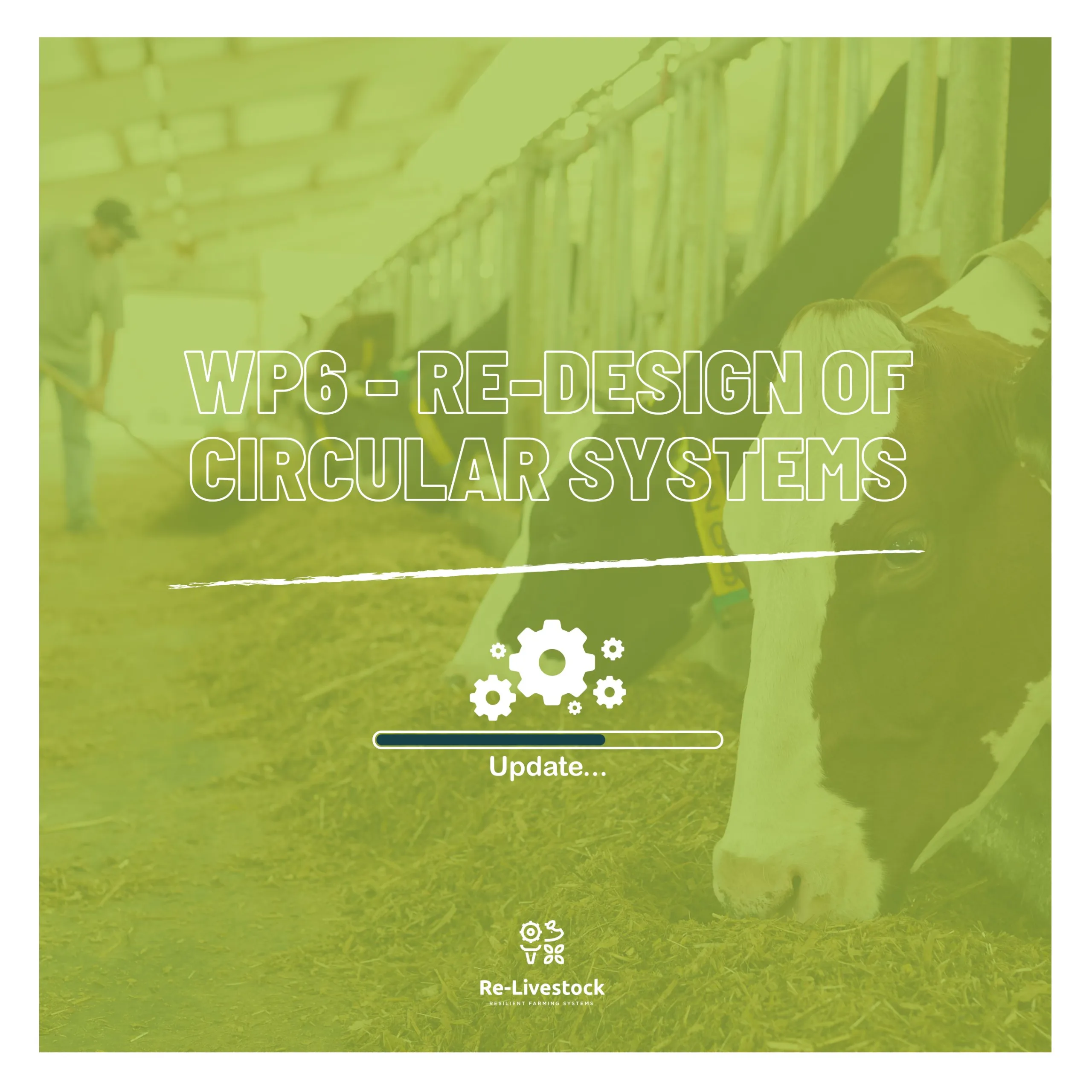Regarding WP6, task 6.1 “Defining a current and possible future baseline for circular livestock systems in the EU,” integration of outputs from the LPJmL model as inputs for the CiFoS model is necessary. LPJmL, a vegetation model, simulates the growth of natural and agricultural vegetation under varying crop management strategies and climatic scenarios, allowing simulation of future crop yields under climate change. These yields are crucial in CiFoS food systems to evaluate circular food systems redesigns and their impacts on food security and the environment. Key CiFoS model outcomes pertinent to Re-livestock include determining what livestock to produce, considering future food and feed availability, and their distribution.
Within the CiFoS model, residual organic biomass like crop residues, food waste (composted), sludge, and animal manures can serve as organic fertilizers. Their carbon to nitrogen (C:N) ratio is vital for LPJmL-CiFoS integration, as simulated vegetation growth in LPJmL depends, in part, on these ratios. The CiFoS team (Wageningen University), under WP6, is currently defining C:N ratios of organic fertilizers through literature review and analysis of input-output factors in the CiFoS model’s livestock module.
For task 6.2 “Investigate how mitigation and adaptation practices can improve the resilience of circular livestock production systems within the EU,” WP6 is tasked with integrating mitigation and adaptation practices, tested in WP2, WP3, and WP4, into the CiFoS model. The selected practices were deliberated upon during the annual meeting at Frick and subsequent discussions facilitated by WP5. WP6 is currently restructuring and disaggregating CiFoS pig and cattle herds to achieve the highest level of detail feasible (e.g., assumed daily weight gain per animal) to facilitate data exchange with WP2-4.
